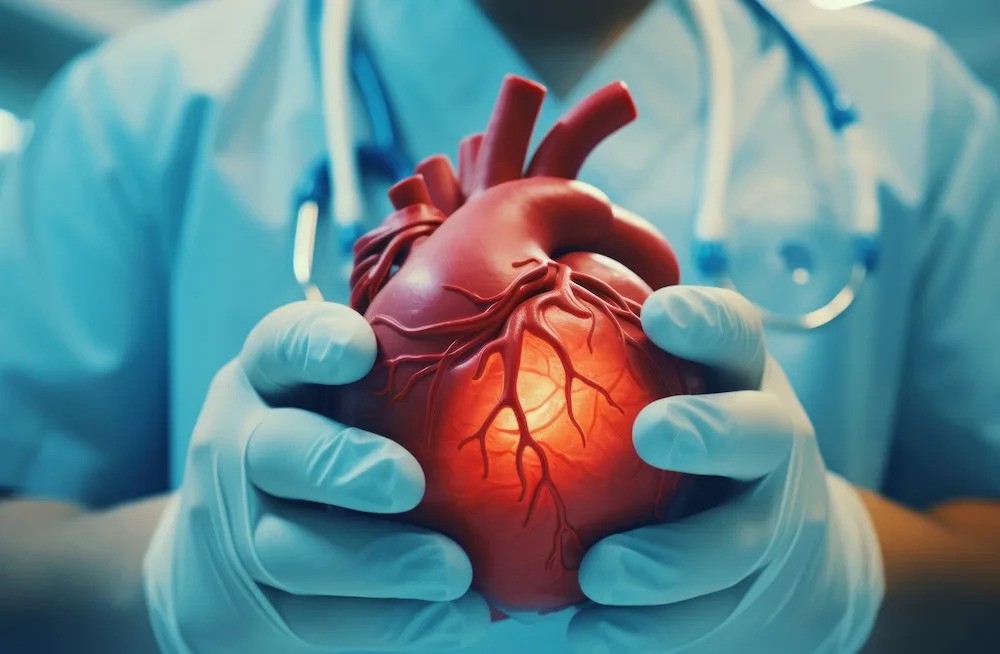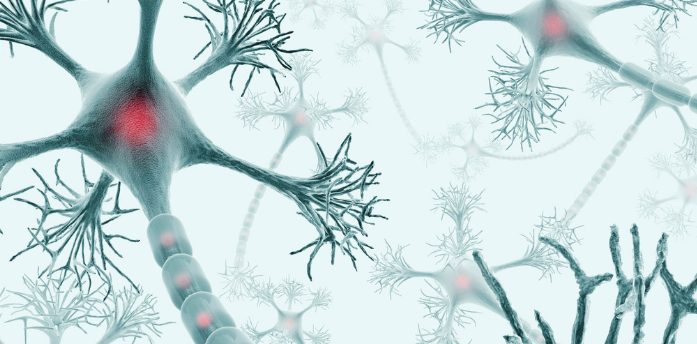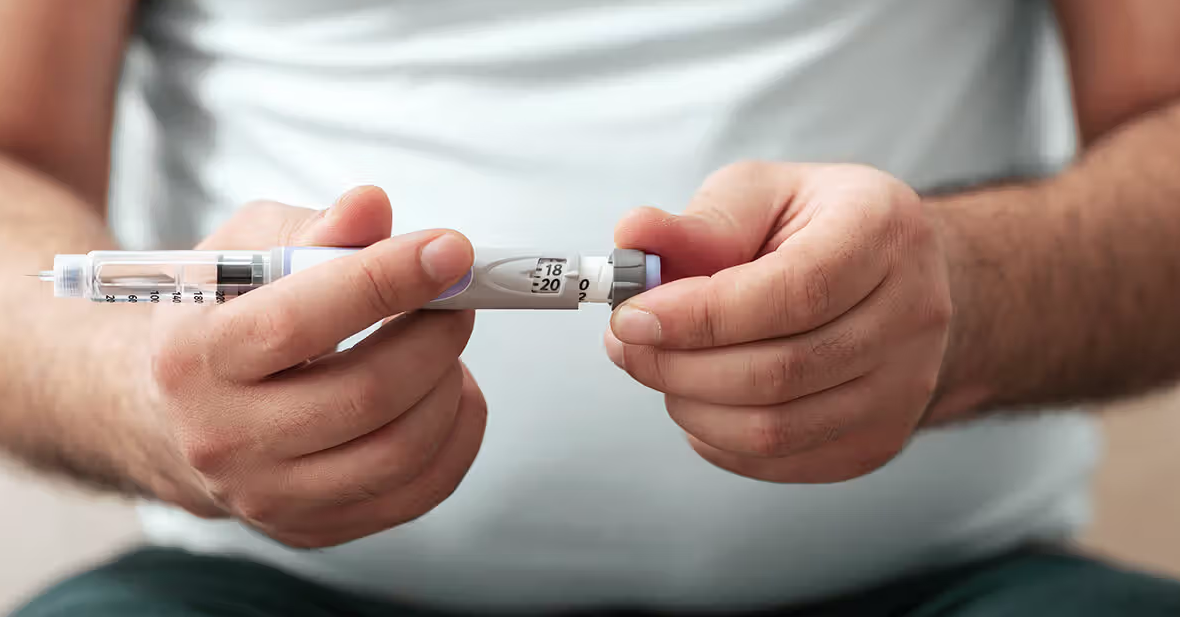The world of heart transplantation is undergoing a major transformation, thanks to advancements in machine perfusion technology. Traditionally, donor hearts had a limited timeframe and travel distance before they became unusable. But today, machine perfusion is extending these limits, allowing donor hearts to travel farther and increasing the number of lives saved.
In this article, we’ll explore how machine perfusion is changing heart transplants, the benefits it offers, and why it represents the future of organ donation.

What is Machine Perfusion?
Machine perfusion is a method where donated organs, like hearts, are kept alive outside the body by a machine that mimics natural blood circulation. Instead of placing the organ on ice (the traditional method), the machine continuously supplies the heart with warm, oxygen-rich blood and nutrients.
This breakthrough means the heart remains viable for a much longer period, reducing damage and increasing transplant success rates.
Why Travel Distance Matters for Donor Hearts
Previously, donor hearts needed to be transplanted within four to six hours of removal. This strict time limit restricted how far a donor heart could travel, often limiting recipients to nearby hospitals.
With machine perfusion, donor hearts can travel longer distances without losing viability. This greatly expands the donor pool, helping patients who previously had little hope of finding a match.
Simple Keywords:
- donor heart transport
- longer distance heart transplant
- heart transplant technology
- new methods for organ transport
Benefits of Machine Perfusion in Heart Transplants
1. Extending Preservation Time
Machine perfusion can extend the preservation window up to 12 hours or more. This gives doctors more time to plan and perform transplants under better conditions, leading to improved outcomes.
2. Better Organ Assessment
Unlike the traditional cold storage method, machine perfusion allows surgeons to monitor the heart’s function in real-time. They can assess how well the heart is pumping and make informed decisions about its suitability for transplantation.
3. Increasing Transplant Opportunities
With hearts traveling longer distances, transplant centers can accept organs from a wider geographic area. This benefits patients in remote regions or those with rare blood types who may struggle to find a match locally.
Focus Keyword: machine perfusion for heart transplant
4. Reducing Organ Wastage
Previously, many donor hearts were discarded because of transport limitations. Machine perfusion significantly lowers this wastage by preserving hearts in better condition for longer periods.
5. Improving Patient Outcomes
Studies show that hearts preserved using machine perfusion may function better after transplantation, leading to fewer complications and faster recovery times.
Low-Difficulty Keywords:
- heart transplant innovation
- organ perfusion machine
- donor heart preservation
- improving heart transplant success
How Machine Perfusion Works

The machine mimics the body’s natural conditions by:
- Providing a continuous flow of oxygenated blood
- Maintaining a warm temperature
- Supplying nutrients and medications to support heart health
This “living environment” keeps the heart beating and functioning as it would inside a human body.
Some machines even allow doctors to adjust the blood flow and pressure, further optimizing the heart’s condition before transplant.
Real-World Success Stories
Recent cases have shown that machine perfusion can extend the reach of donor hearts across hundreds or even thousands of miles. In some instances, hearts have traveled across the country and still been successfully transplanted.
For example, a heart from the West Coast of the U.S. was safely transported to a recipient on the East Coast, something that would have been impossible just a few years ago.
Future Implications for Organ Donation
The success of machine perfusion in heart transplantation opens doors for other organs, like livers and lungs. It also suggests a future where:
- Waiting lists for transplants are shorter
- Fewer organs are wasted
- More lives are saved every year
Simple Keywords:
- future of heart transplantation
- organ transport technology
- transplant success rates
Challenges and Considerations
While machine perfusion is a major advancement, it is not without challenges:
- Cost: The technology is expensive and may not be available at all hospitals.
- Training: Medical staff must be trained to use and maintain the machines.
- Accessibility: Not all regions have the infrastructure to support long-distance organ transport.
Still, as the technology becomes more widespread and affordable, these barriers are likely to decrease.
Practical Steps to Support Organ Donation
You don’t have to be a surgeon to support the organ transplant revolution. Here’s how you can help:
- Register as an organ donor
- Encourage others to sign up
- Support research and innovation in transplantation
With more donors and better technology, we can save countless lives.
Key Advantages of Machine Perfusion
Focus Keyword: machine perfusion for heart transplant
1. Extended Preservation Time
One of the most remarkable benefits of machine perfusion is extending the safe window for transplantation.
Instead of the critical 4–6 hours allowed by ice storage, machine-perfused hearts can remain viable for 12 hours or more.
What this means:
- Surgeons can schedule transplants under optimal conditions
- Transportation logistics become more flexible
- Patients benefit from better-prepared surgical teams
Short Keywords:
- longer heart preservation
- improved organ transport
2. Real-Time Heart Evaluation
With machine perfusion, transplant teams can assess the heart’s performance before transplantation.
They can monitor:
- Electrical activity
- Contractility (pumping ability)
- Coronary blood flow
If a heart isn’t functioning properly, surgeons can make informed decisions, potentially saving a patient from receiving a compromised organ.
This ability to evaluate organs in real time is a major leap over traditional methods, where assessment wasn’t possible until after transplantation.
3. Expanding Donor Pools
Geographic barriers are disappearing.
Machine perfusion enables donor hearts to travel across vast distances, even cross-country, without compromising quality.
This broadens the donor pool significantly and helps match hearts more precisely based on blood type, size, and urgency.
Patients who once had slim chances due to location or rare conditions now have renewed hope.
Simple Keywords:
- donor heart transport
- expanding transplant access
How Machine Perfusion Works: A Closer Look
A machine perfusion system connects to the donor heart through major blood vessels.
The system:
- Pumps oxygen-rich blood through the heart
- Maintains body temperature (around 98.6°F)
- Delivers essential nutrients and medications
- Monitors key performance indicators like pressure and flow
Some systems even allow customized adjustments based on the heart’s needs, ensuring an optimal preservation environment.
Focus Keyword: organ perfusion machine
Leading companies like TransMedics and OrganOx are developing next-generation perfusion devices, constantly improving reliability and portability.
Real-Life Transformations: Stories from the Field
Recent success stories prove that machine perfusion isn’t just theory — it’s changing lives today.
✅ A donor heart transported over 2,000 miles was successfully transplanted into a critically ill patient in 2024.
✅ In Europe, machine perfusion systems are credited with doubling the distance hearts can travel without loss of viability.
✅ Hospitals report fewer cases of primary graft failure among recipients of machine-perfused hearts.
These real-world examples confirm that hearts traveling longer distances with machine perfusion can still deliver excellent results.
Future Prospects: Beyond the Heart
While heart transplants are the current focus, machine perfusion has applications beyond the heart:
- Liver transplants are already benefiting from perfusion systems that allow for even longer preservation.
- Lung and kidney perfusion trials are underway, showing promising early results.
- Scientists are exploring perfusion techniques to rehabilitate marginal organs, making more transplants possible.
The dream?
A future where every donated organ finds a suitable recipient — no matter the distance or time.
Short Keywords:
- future of organ preservation
- organ transplant innovation
Challenges to Overcome
No innovation comes without obstacles.
Machine perfusion faces a few challenges:
- Cost: The technology is expensive, limiting its availability in smaller hospitals.
- Training: Medical staff require specialized skills to operate and maintain perfusion systems.
- Regulatory hurdles: Each country and region has different standards for transporting and transplanting organs.
However, as with any groundbreaking technology, early adoption paves the way for broader acceptance.
With further research, scaling, and policy support, these challenges can be overcome.
How You Can Help Support Organ Donation Innovation
Even if you’re not a surgeon or a scientist, you can still play a vital role in advancing organ transplantation:
- Register as an organ donor — a simple act that can save multiple lives.
- Raise awareness about advances like machine perfusion.
- Support organizations funding transplant research and technology development.
- Advocate for equitable access to new life-saving technologies.
Together, through awareness, education, and action, we can help build a world where everyone who needs a heart — or any organ — has a fair chance.


